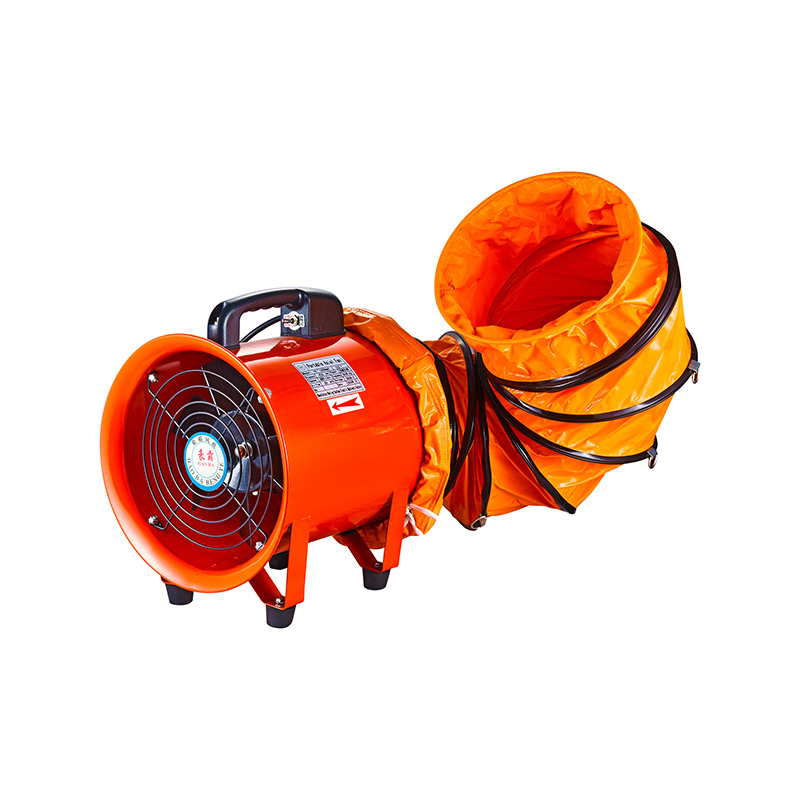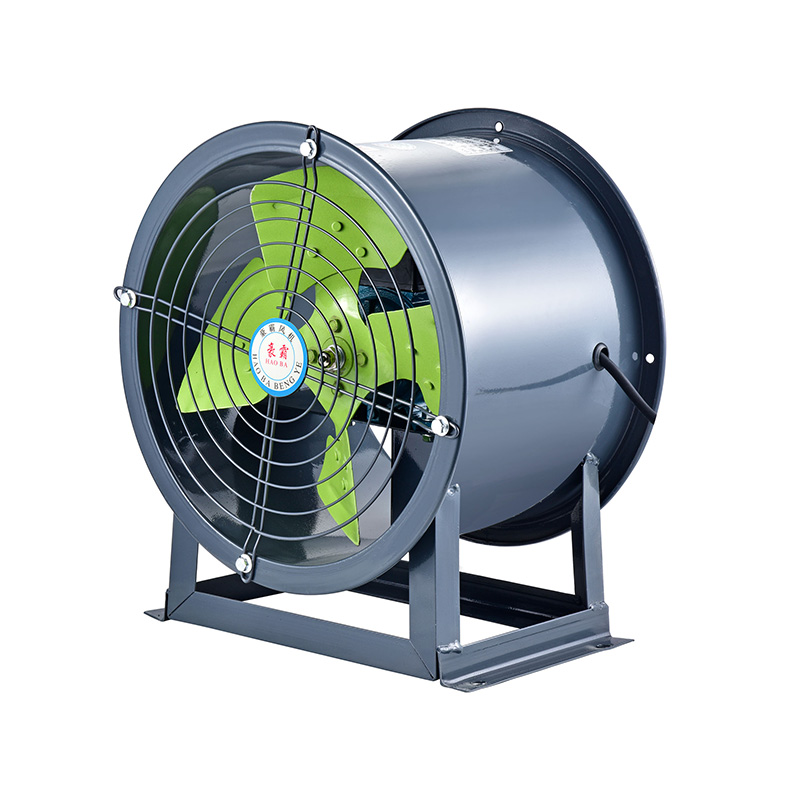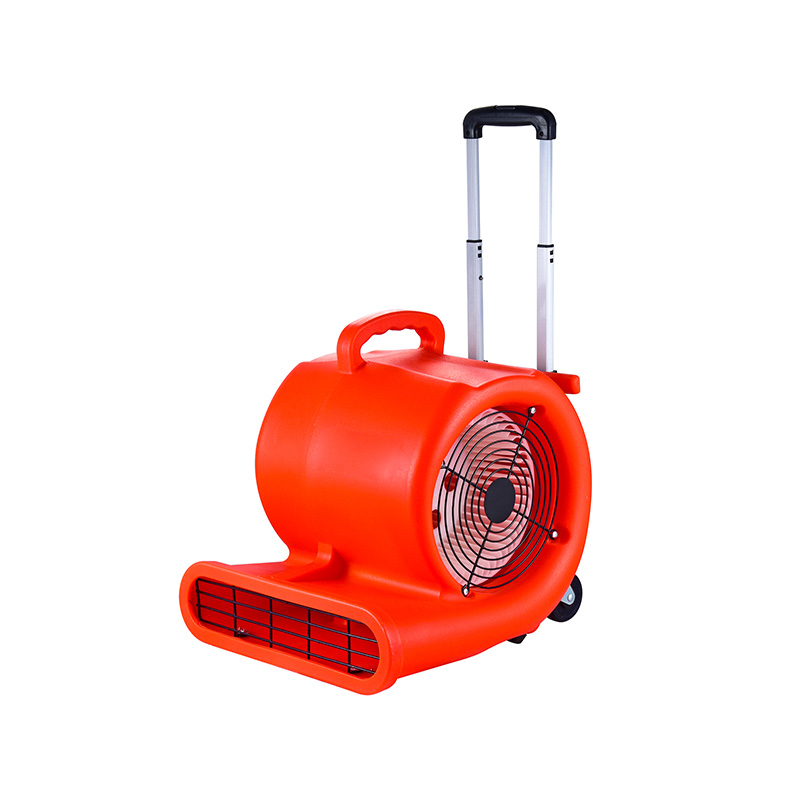Low-Noise Fans For Urban And Residential Use
2025-07-08
As cities grow denser and more populated, the demand for effective yet quiet ventilation solutions in urban and residential environments has become increasingly important. Noise pollution is a significant concern, especially in areas where people seek comfort and peace in their homes. Selecting the right ventilation system that balances airflow efficiency with low noise levels is essential. Low-noise fans have emerged as a practical answer to this challenge, addressing the needs of both urban apartments and residential houses.
One common application where low-noise fans play a crucial role is in commercial buildings with rooftop ventilation systems. Commercial turbine roof vents, for instance, have long been favored for their ability to move large volumes of air efficiently. However, traditional turbine vents can sometimes generate noise that may disturb nearby residents or workers. Advances in fan design have allowed manufacturers to develop models that significantly reduce operational noise while maintaining airflow. These commercial turbine roof vents are now designed with aerodynamic blades and precision-balanced components to less vibration and sound.

Similarly, the use of roof axial fans in residential and urban settings has expanded due to their compact size and versatility. Roof axial fans are often installed to improve air circulation in attic spaces or to ventilate enclosed areas such as parking garages or laundry rooms. Because these fans operate close to living spaces, noise control is a priority. Low-noise roof axial fans utilize specially designed impellers and motor housings that reduce sound transmission. This makes them a preferred choice for homeowners who want to maintain indoor air quality without sacrificing quiet comfort.
Industrial axial fans, while traditionally associated with large-scale factories or warehouses, are also being adapted for quieter operation in urban environments. These fans provide robust airflow capabilities, suitable for spaces requiring high ventilation rates. Recent developments have allowed industrial axial fans to incorporate noise reduction technologies such as sound-absorbing materials and vibration dampening mounts. By doing so, they can operate in close proximity to residential areas with less risk of noise complaints.
The importance of low-noise operation in fans extends beyond comfort. Excessive noise can lead to stress, disrupt sleep, and reduce overall quality of life. Urban dwellers, in particular, are vulnerable to constant background noise due to traffic, construction, and dense populations. Therefore, installing ventilation equipment like commercial turbine roof vents, roof axial fans, or industrial axial fans with low acoustic emissions is a thoughtful approach to creating healthier living environments.
Moreover, many local building codes and regulations emphasize noise limits for mechanical equipment installed near residences. This has driven manufacturers to refine the design of commercial turbine roof vents to meet stricter standards. Improved blade shapes, tighter tolerances in assembly, and better insulation of motor units contribute to quieter operation without compromising airflow. These innovations help architects and builders select fans that comply with regulations and meet residents expectations.
Roof axial fans continue to evolve with features aimed at noise reduction. Variable speed drives allow these fans to adjust their rotation speed according to ventilation needs, reducing noise during low-demand periods. Additionally, aerodynamic enhancements reduce turbulence inside the fan housing, which is a common source of unwanted sound. These improvements make roof axial fans suitable for a range of urban and residential applications, from small apartment complexes to larger multi-use buildings.
Industrial axial fans adapted for low-noise environments often feature larger blade diameters running at lower speeds. This design reduces noise generated by blade tips cutting through the air at high velocity. Furthermore, sound-dampening mounts isolate the fan from the structure, preventing vibrations from traveling through walls or roofs. Such fans can be found in mixed-use developments where industrial performance is needed without disturbing residents.
Choosing low-noise ventilation fans like commercial turbine roof vents, roof axial fans, and industrial axial fans requires understanding the balance between airflow and sound. Oversized fans running at low speeds can be quieter but may require more space and initial investment. Conversely, fans designed for noise reduction often incorporate more complex engineering and materials. Homeowners and building managers should work with ventilation specialists to select the right products for their specific needs.
Maintenance also plays a role in keeping these fans operating quietly. Regular cleaning prevents dust buildup, which can create an imbalance and noise. Lubrication of moving parts ensures smooth operation, and timely replacement of worn components prevents vibrations. Proper installation is equally important to less noise transmission; isolation mounts and flexible duct connections help in this regard.
In summary, the shift towards quieter fans in urban and residential use reflects a growing awareness of noise pollution and its impact on well-being. Commercial turbine roof vents, roof axial fans, and industrial axial fans are all evolving to meet these demands. By integrating noise-reducing designs and materials, these fans provide effective ventilation solutions that respect the need for quiet living spaces. Whether in a bustling city or a quiet suburb, selecting low-noise fans contributes to healthier, more comfortable environments for everyone.

 English
English русский
русский عربى
عربى









